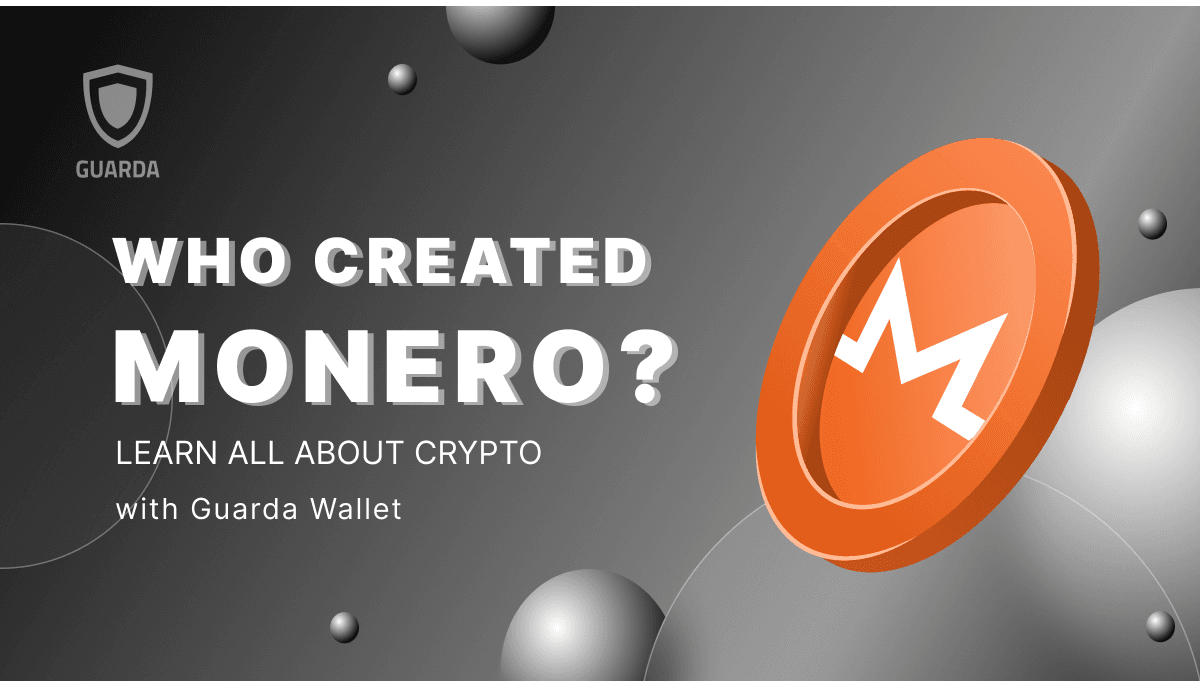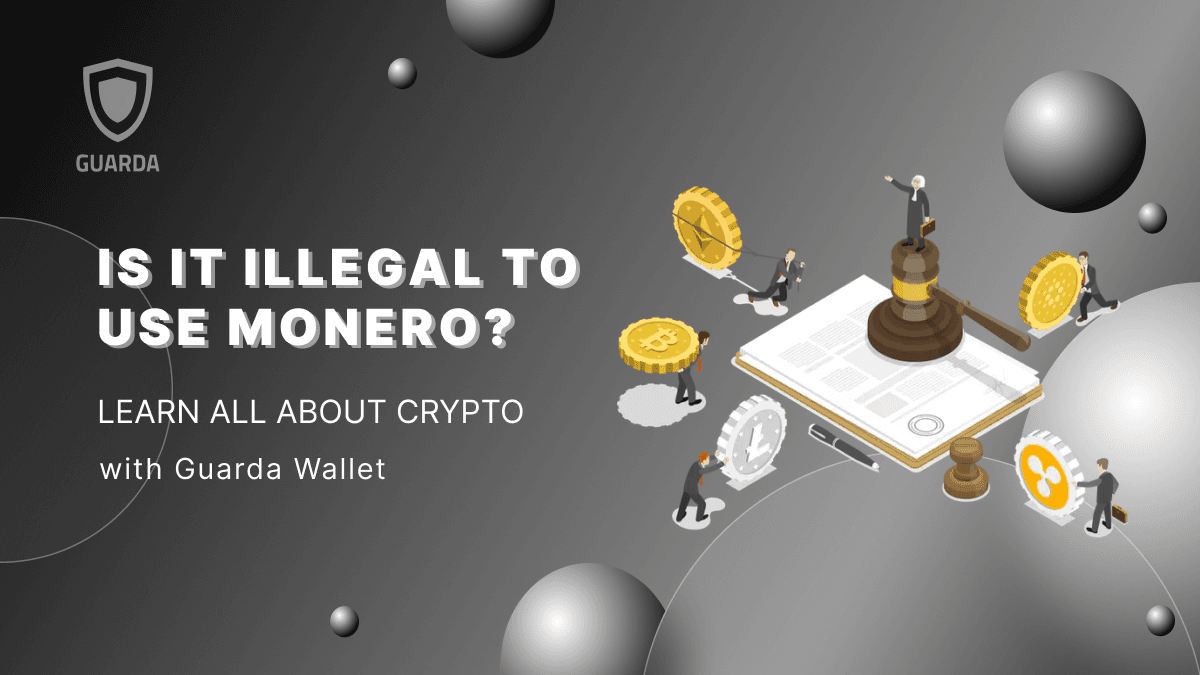The two most popular token standards in the cryptocurrency and blockchain industry are TRC20 and ERC20. While both serve as tokens for smart contracts, they have distinct differences that set them apart. These token standards operate on their own unique blockchains and come with specific features and use cases.
TRC20 is a token protocol built on the Tron blockchain, developed by the Tron Foundation. It enables developers to create, issue, and deploy digital tokens. For example, TRC20 USDT is a popular stablecoin issued on the Tron network, and users typically store it in a TRC20 wallet.
On the other hand, ERC20 is an Ethereum-based standard that defines a set of rules for issuing tokens on the Ethereum network. Many tokens, including USDT ERC20, follow this standard and are compatible with an ERC20 wallet. Understanding what is ERC20 is essential for anyone interested in Ethereum-based assets.
This article will explore the differences between TRC20 and ERC20 tokens and provide guidance on how to buy them. Whether you’re looking to engage with Tron crypto or trade ERC20 tokens, understanding these standards is key to navigating the crypto space efficiently.
Key Takeaways
- TRC20 and ERC20 are token standards used for creating and managing tokens on their respective blockchain networks, but they have some key differences.
- TRC20 is a standard used by the Tron blockchain network, whereas ERC20 is the standard used by the Ethereum blockchain network.
- TRC20 tokens have significantly lower transaction fees than ERC20 tokens because the Tron network’s transaction fees are much lower than Ethereum’s.
- The TRC20 standard enables developers to create smart contracts on the Tron network to execute specific tasks automatically without human intervention.
- ERC20 tokens are still widely used because they are more established and widely adopted. They offer a more extensive range of features than the TRC20 standard.
What Is TRC20?
TRC20 is a technical standard used for smart contracts on the TRON blockchain, designed to facilitate the creation of tokens that users can transact on the network. These tokens are also known as TRC20 tokens. TRC20 is an improvement from the earlier TRC10 standard. It allows developers to create their own tokens that are fully compatible with the TRON blockchain.
The main difference between the two standards is that TRC20 uses the TRON Virtual Machine (TVM), which provides enhanced functionality for token development. This includes the ability to add custom functions to the token, as well as allowing for the creation of complex transactions. TRC20 also supports decentralized applications (dApps) on the TRON network, enabling developers to create applications that use the native TRC20 tokens.
The top 5 TRC20 tokens are USDT, USDC, BUSD (https://guarda.com/coins/busd-wallet/), USDD, and BTT.
What Is ERC20?
ERC20 (Ethereum Request for Comments 20) is a technical standard for smart contracts on the Ethereum blockchain network. The standard was proposed in 2015 by Fabian Vogelsteller and has since become the most popular format for creating tokens. It provides a set of rules that all Ethereum tokens must adhere to, allowing developers to accurately predict how new tokens interact with one another and existing smart contracts.
The ERC20 standard defines methods that allow tokens to be transferred between addresses and approved so another address can spend them. Furthermore, it also specifies an interface for querying the total token supply, individual balances, and the rate at which new tokens are issued.
All ERC20 tokens use the same underlying code, making them easily interchangeable and allowing developers to create complex decentralized applications (dApps). This simplifies developing and deploying dApps that rely on multiple tokens and makes it easier for users to switch between tokens.
The top 5 ERC20 tokens are USDT, USDC, BUSD, SHIB, and DAI.
Where to Store TRC20 or ERC20 Tokens Securely?
You need to securely store your TRC20 and ERC20 tokens in a reliable wallet like Guarda. Guarda Wallet is a multi-cryptocurrency wallet that supports 60+ blockchains and over 400k+ tokens, including TRC20 and ERC20 tokens. Here we will discuss how to store your TRC20 and ERC20 tokens in Guarda Wallet securely.
- Download the Guarda Wallet app on mobile or desktop, or access it via a web browser.
- After downloading the app, you must create an account and set a strong password (write it down for future use since we do not store your data).
- When you are done creating an account, add any TRC and ERC-based token wallet you wish to transact in your portfolio.
- Each time you add any token, you get a TXT backup file, which you must download and save for wallet recovery. Again, Guarda does not store your data, so you must keep this information safe.
Comparison of TRC20 and ERC20 Tokens
This section will compare both token standards based on their blockchain network, transaction speed, token addresses, transaction security, gas fee, and scalability.
Blockchain Network
The TRC20 tokens are built on the TRON blockchain, while the ERC20 tokens are built on the Ethereum blockchain.
Transactions Speed
TRC20 tokens are known to have faster transaction speeds than ERC20 tokens. When it comes to speed, TRC20 tokens are much faster than ERC20 tokens. TRC20 tokens can be executed in less than 3 minutes, while ERC20 tokens take about 15 minutes. The TRON network can process up to 2,000 transactions per second. The Ethereum network can only process up to 15 transactions per second.
Token Addresses
TRC20 tokens use TRON addresses, which start with ‘T.’ In contrast, ERC20 tokens use Ethereum addresses in the format ‘0x,’ followed by a series of hexadecimal digits.
Transactions Security
TRC20 and ERC20 tokens are considered secure since they are built on the decentralized and immutable blockchain. Regarding transaction security, TRC20 Tokens are secured by the Tron Virtual Machine, a secure environment built on Tron’s blockchain network. ERC20 Tokens are secured by the Ethereum Virtual Machine, a secure platform created to ensure that all transactions on the Ethereum Network are valid and secure.
Gas Fees
TRC20 tokens generally have lower gas fees than ERC20 tokens since they run on the TRON network, which has lower fees than the Ethereum network.
Scalability
While both types of tokens allow for automated smart contract execution, TRC20 tokens offer much higher scalability than ERC20 tokens due to their faster transaction speeds. Transactions using TRC20 tokens can process up to 2000 transactions per second, while ERC20 tokens can only process 15 transactions per second.
USDT TRC20 vs. ERC20
Both are stablecoins, but they operate on different blockchains. USDT (TRC20) is based on the Tron blockchain, while USDT (ERC20) runs on the Ethereum network. Regarding transaction speed, USDT (TRC20) offers faster transactions than USDT (ERC20), and the fees are lower. For traders, USDT (TRC20) may be a better choice due to its lower fees and faster transaction speeds. However, since Ethereum is more secure and established, it may be a better option for those looking for long-term stability.
How to Buy, Sell, or Exchange TRC20 and ERC20 tokens?
Guarda Wallet provides a user-friendly way to buy, sell, and exchange TRC20 and ERC20 tokens. Once you follow the steps in the section ‘Where to Store TRC20 or ERC20 Tokens Securely?’, your wallet is ready for these other transactions.
With the help of Guarda’s simple and secure interface, you can easily purchase these tokens using various payment methods such as Visa/Mastercard, bank transfers, and other payment methods. After purchasing the tokens, you can store them in your wallet or exchange them with another currency.
To exchange TRC20 and ERC20 tokens on Guarda Wallet, visit the Exchange section and pick the currency you wish to convert (check the logo to see which one you are converting). Guarda offers competitive exchange rates with no KYC or registration, allowing users to get the best deal when they exchange their coins. You can receive the tokens you want right in your wallet.
Conclusion
The difference between a TRC20 and ERC20 is an interesting one. TRC20 is the native token of the Tron blockchain, while ERC20 tokens are built on Ethereum’s network. Both are standards for creating tokens that are used across various blockchains. The main difference between them lies in how they manage their transactions.
TRC20 uses its own smart contract protocol developed by Tron, while ERC20 uses Ethereum’s Virtual Machine to process operations. TRC20 tokens are more efficient and faster than ERC20 tokens when processing transactions. On the other hand, ERC20 tokens offer more flexibility and compatibility with different wallets and exchanges.
Create TRC20 and ERC20 Token Wallets Now!
FAQ
1. How do I know if my USDT is ERC20 or TRC20?
Using a wallet that supports USDT should tell you whether your USDT is ERC20 or TRC20—the name and ticker symbol. You can also check the token’s contract address on the wallet to verify the token type. If the address starts with ‘0x,’ it is an ERC20 token. If the address starts with ‘T,’ it is a TRC20 token.
2. Can I transfer USDT from ERC20 to TRC20?
You can transfer USDT between these two types, depending on which wallet and exchange you use. Guarda, for instance, allows you to convert between both tokens easily at good rates and without KYC or registration.
3. What is the difference between TRC20 and ERC20?
TRC20 is a token standard used by the TRON blockchain network, while ERC20 is a token standard used by the Ethereum blockchain network. TRC20 tokens are built on the TRON Virtual Machine (TVM) and use the native TRX coin as the base currency for transactions within its network, whereas ERC20 tokens are built on the Ethereum Virtual Machine (EVM) and use Ether as the base currency for transactions.
4. Is ERC20 safer than TRC20?
In terms of safety, there is no clear consensus on which token protocol is safer. Both have advantages and disadvantages, so it ultimately comes down to user preference. ERC20 tokens have been around longer than TRC20 tokens, so they have a more established track record regarding reliability. However, TRC20 tokens offer faster transaction speeds and lower fees.



